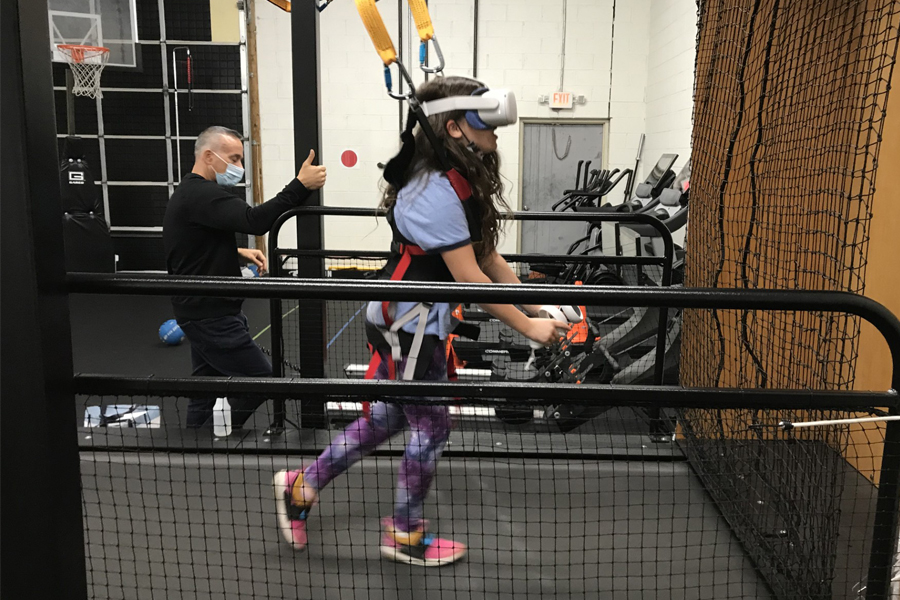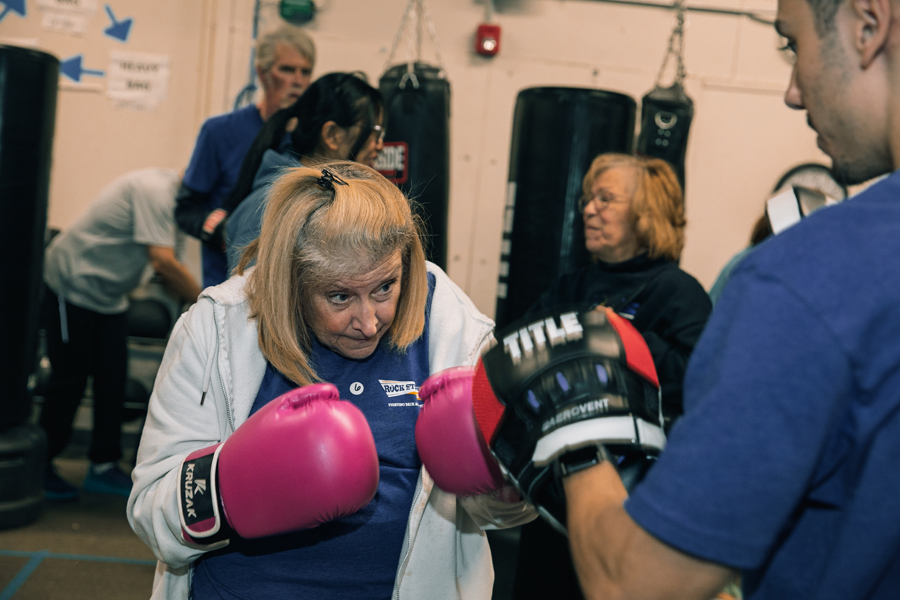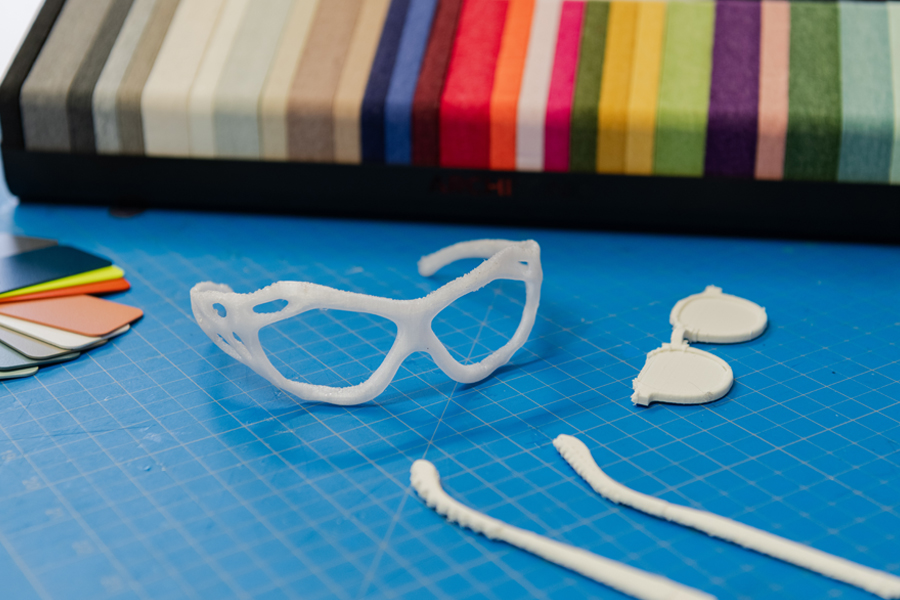
Buckling Down on Baby Safety
Vehicle crashes are a leading cause of death and injury for children in the United States. However, when used correctly, car seats can reduce the risk of death by as much as 71 percent.
All 50 states have laws requiring children to be secured in a car seat until they reach a certain height or weight, and most hospitals will not allow newborns to be discharged home without a properly installed car seat.
In recognition of Baby Safety Month, throughout September, New York Tech News sat down with NYITCOM-Arkansas pediatrician and Assistant ProfessorAdam Hurst, M.D., who shared valuable information to help parents make one of their most important purchases.
What should parents consider when shopping for a car seat?
Parents can become overwhelmed when looking at a variety of brands and types of car seats, so if you can see your options in person first, that helps tremendously. It’s also important to think about which car will be used daily. For example, will you have to share the car seat with other caregivers’ cars? Will you need to take it out or move it regularly?
These are good questions to ask, as some car seats are easier to share or install than others, with some having a common base or using the LATCH (Lower Anchors and Tethers for Children) system to install. Safety would be my first factor to consider. After that, look at ease of use and who the primary caregiver will be and see which options work best for that car or person.
Parents should also consider how heavy the car seat is. Some infant-only car seats can weigh over 15 lbs. and, after adding your child, that quickly gets hefty, making it challenging to get in and out of the car. For some parents, it might be better to have a car seat that stays in the car rather than an infant carrier that becomes a stroller or attaches to a stroller base.
Which car seats are best for newborns?
For newborns, you can use either an infant-only car seat or a rear-facing, convertible car seat. The infant-only seat will only rear face, as this is recommended until at least the age of two years or when the child reaches the highest limit for the seat’s height or weight. Some infant-only car seats have nice features like the ability to attach to a stroller or a standard base, making it convenient to use in multiple cars.
A convertible car seat can be repositioned into a forward-facing car seat after your child reaches the highest limits possible for rear-facing. Because of this, convertible car seats can routinely be used for a longer time. While they are great from a cost-efficiency standpoint, these seats are usually bulkier and more difficult to remove or trade between cars. They’re also not as convenient as seats that attach directly to a stroller.
Is it safe to buy used car seats?
Car seats are definitely a costly investment, so it’s no surprise that online and social media re-sales of these products have increased over the last few years.
Buying a used car seat is safe if you can guarantee that it is not expired—typically the seat will have a sticker listing an expiration date—and that it has never been involved in a car accident.
Parents should always replace the car seat after an accident because its safety has been compromised. If there has been a prior car accident or accident history is unknown, the integrity of the car seat may not withstand another event, placing a child’s life at risk. While buying a used car seat can save on costs, I would only buy used if the seller is trustworthy. If you have any doubt, don’t risk it.
Anything else parents should know?
As a parent of four children, the process of selecting a car seat was different with each child. For our first, we started by looking at safety ratings, cost, and adaptability. We knew this would be an investment for our family in both keeping our child safe, along with something that would be used every single day for years.
The National Highway Traffic Safety Administration now has a “Find the Right Seat” online tool, which allows you to enter your child’s age, height, and weight so you can see what position your child would be safest in. I also recommend keeping the car seat’s manual in your car, so you can easily check the height and weight limitations for rear- or forward-facing positions.
This interview has been edited and condensed.
More News

Brands Must Balance AI and Authenticity
As consumer behavior expert Colleen Kirk, D.P.S., explains, in 2026, marketers leveraging AI must remember to prioritize genuine connections and transparency.

Student Entrepreneurs Share Big Ideas
Students gathered at the Innovation and Entrepreneurship Academy’s Startup Tech Central to present their startup companies at the third NESTS FlyOff event.

Intern Insight: Ananya More
When graduate computer science student Ananya More secured an internship with the MTA, she gained the opportunity to work with data for the largest subway system in the United States.

Study: VR Helps Children With Autism Participate in Exercise and Sports
A new study by researchers from the School of Health Professions and College of Osteopathic Medicine demonstrates how virtual reality (VR) can help children with autism spectrum disorder participate in exercise.

Boxers Fight Back Against Parkinson’s Disease
A holiday “boxathon” hosted by NYITCOM’s Parkinson’s Center raised awareness for the disease and the importance of exercise in treatment, while bringing members of the Rock Steady Boxing community together at a time when patients may experience loneliness and isolation.

“Envisioning” More Inclusive Eyewear
As part of a collaborative initiative between New York Tech and the global eyewear company Marcolin, students from the School of Architecture and Design and NYITCOM teamed up to develop potential eyewear solutions for neurodivergent populations.